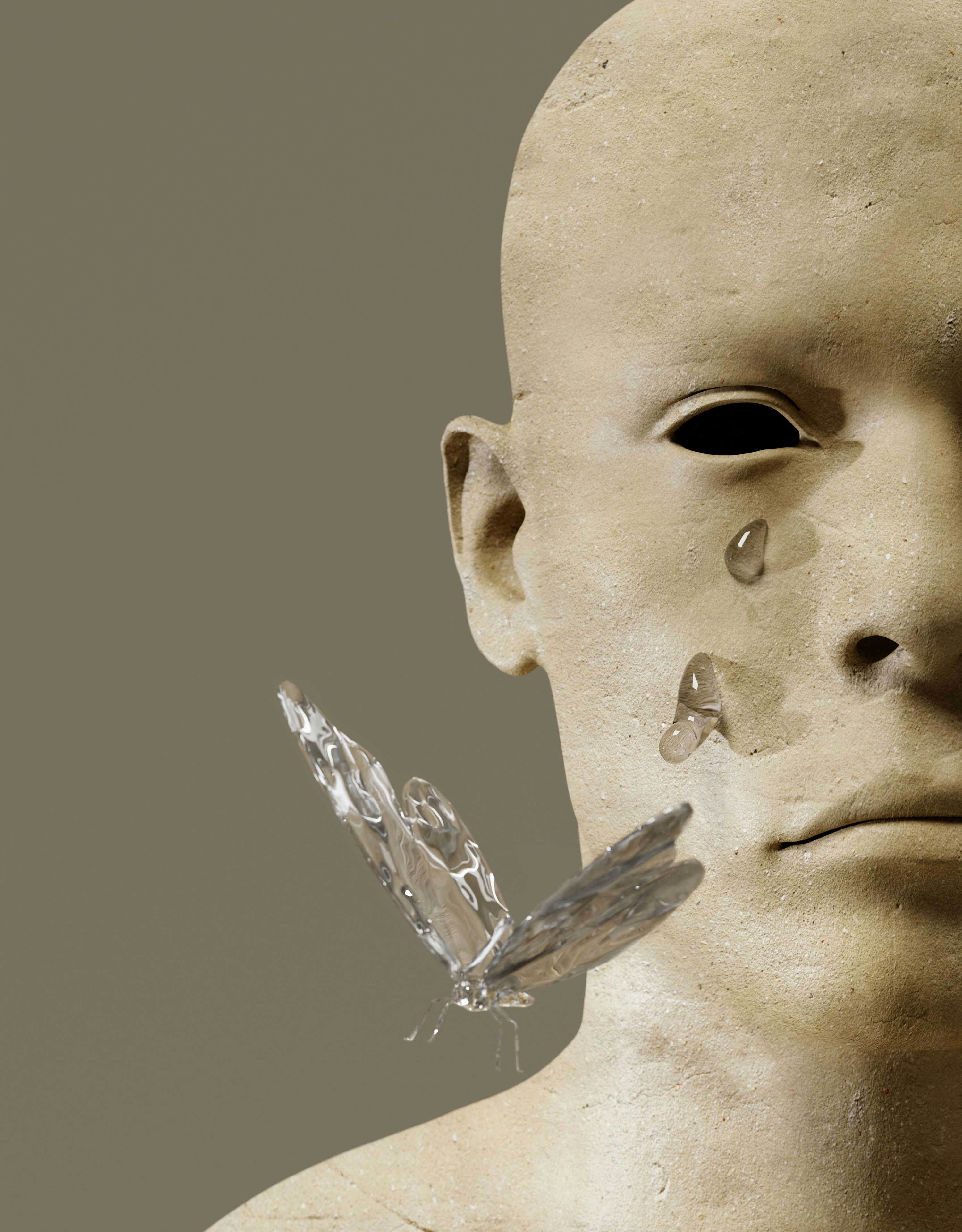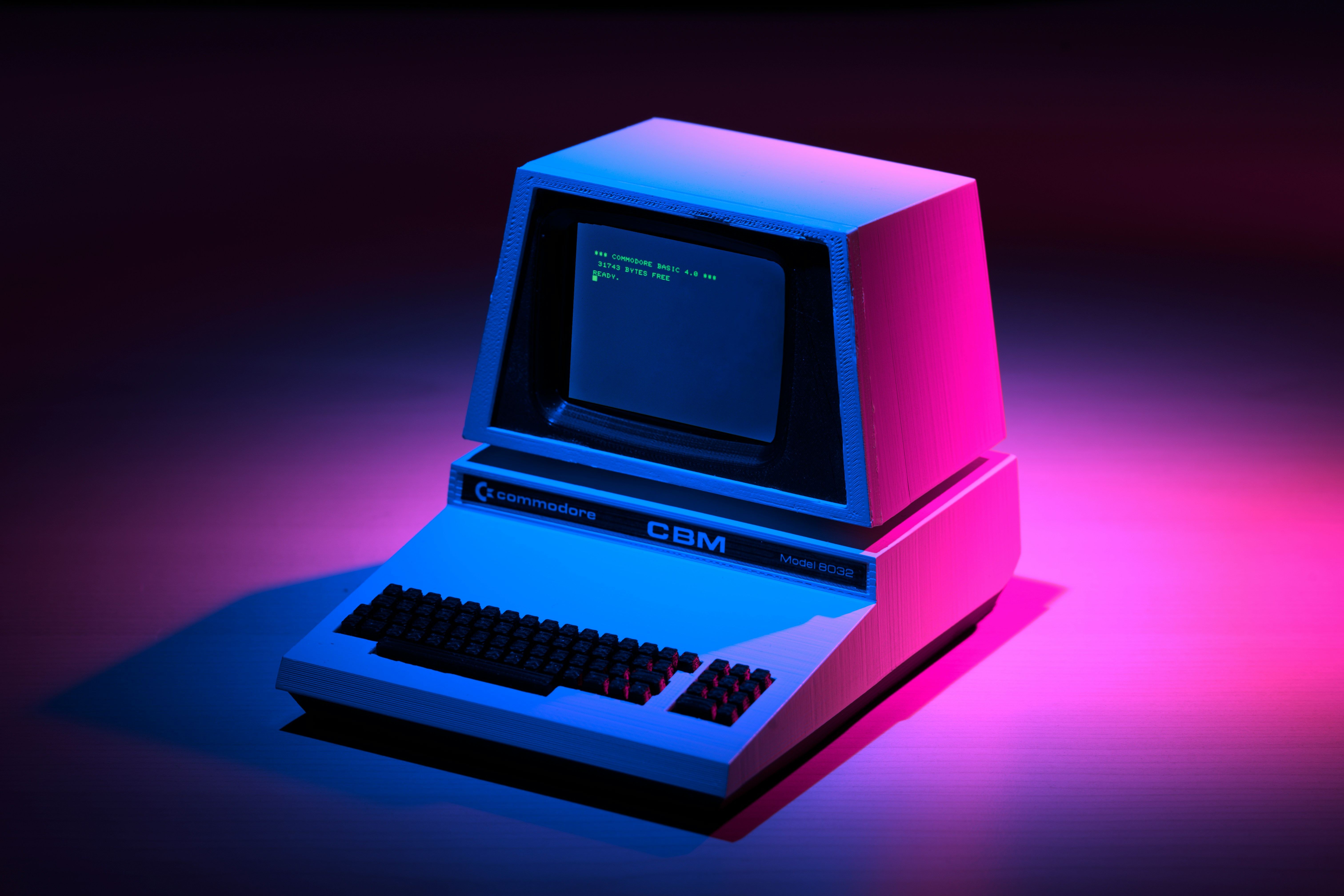
Retro design trends are making a comeback, infusing modern digital spaces with nostalgic elements from past decades. This trend includes vintage typography, retro color schemes, and classic design motifs that evoke a sense of nostalgia and familiarity. By blending retro aesthetics with contemporary design principles, designers can create unique and memorable websites that stand out. The retro revival trend offers a fresh take on traditional design elements, appealing to audiences with a love for vintage styles.
By blending retro aesthetics with contemporary design principles, designers can create unique and memorable websites that stand out. The retro revival trend offers a fresh take on traditional design elements, appealing to audiences with a love for vintage styles. This fusion of old and new creates a distinctive and engaging visual experience that can differentiate brands in a competitive market.
In addition to its aesthetic appeal, retro design can evoke positive emotions and memories, creating a strong emotional connection with users. This can be particularly effective for brands looking to establish a sense of trust and familiarity with their audience. By tapping into nostalgic elements, designers can create a sense of comfort and nostalgia that resonates with users on a personal level.
Retro design also allows for creative experimentation, giving designers the freedom to play with various styles, colors, and motifs from different eras. This versatility enables designers to craft unique and innovative designs that capture the essence of different time periods while incorporating modern functionality. By embracing the retro revival trend, designers can create visually captivating and emotionally engaging websites that leave a lasting impression.


